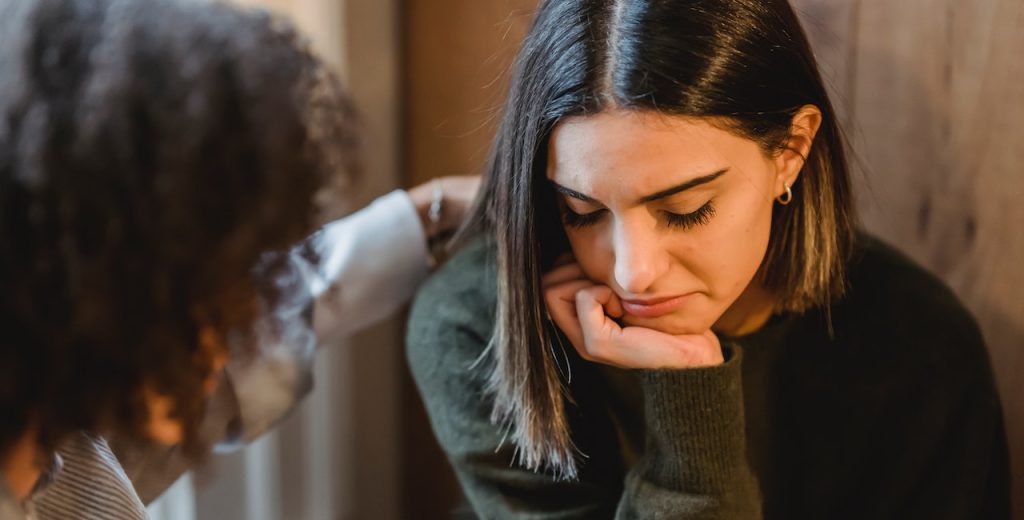In times of grief and sorrow, finding solace and strength in a community can be a transformative experience. Community coming together in times of tragedy can provide much-needed support and comfort. This article delves into the profound impact of communal bonds on the healing process, highlighting the ways in which shared experiences can help individuals navigate the challenging journey of loss.
Understanding Grief: A Universal Emotion
Grief is a universal human experience that transcends cultural and geographical boundaries. In this section, we delve into the depths of grief, examining its various stages and manifestations. By understanding grief on a fundamental level, we can better appreciate the significance of community in the healing process.
Grief takes many forms, from the loss of a loved one to the end of a cherished chapter in life. Each person’s grief is unique, but the emotions it brings forth are universally recognized: sadness, anger, confusion, and even moments of acceptance. The journey through grief is not linear; it is a winding path, and having a community to walk it with can make all the difference.
Building a Supportive Network
Building a supportive network is essential for those navigating grief. The journey through loss can be isolating, but it doesn’t have to be. This section offers practical advice on how to establish and maintain a network that can provide the empathy, understanding, and sense of belonging that individuals in grief desperately need.
1. Reach Out to Others
The first step in building a supportive network is reaching out to others who have experienced similar losses. Whether it’s through support groups, online forums, or local community organizations, connecting with those who share your pain can be incredibly therapeutic. It’s a reminder that you are not alone in your grief.
2. Be Vulnerable
Opening up about your feelings is not a sign of weakness, but of strength. In your network, be willing to be vulnerable. Share your pain, your memories, and your fears. This vulnerability can encourage others to do the same, fostering a deeper connection within the community.
3. Seek Professional Help
While community support is valuable, sometimes professional guidance is necessary. Don’t hesitate to reach out to therapists, counselors, or grief specialists who can provide expert assistance in navigating the complexities of grief. Combining professional help with community support can be a potent combination.
The Role of Shared Rituals
Rituals have played a vital role in human history, helping people process grief and find meaning in loss. In this section, we delve into the significance of shared rituals within a community. From memorial services to annual commemorations, these traditions offer a sense of continuity and connection.
4. Honoring Memories
Creating rituals that honor the memories of those lost can be a powerful way to heal. It might involve lighting candles, planting trees, or simply sharing stories. These acts not only pay tribute but also provide a sense of closure and connection with the past.
5. Community Gatherings
Communities often come together for memorial services or remembrance events. These gatherings provide a collective space for sharing grief and offering support. Being part of such events can remind individuals that their loss is acknowledged and shared by others.
Finding Strength in Shared Stories
Sharing stories of loss and healing can be therapeutic for both the storyteller and the listener. In this section, we explore the power of narrative in the healing process. We highlight the importance of providing a safe space for individuals to share their stories and how this sharing can foster resilience and hope.
6. The Healing Power of Storytelling
Narrating one’s experiences can help in processing emotions and finding meaning in loss. Encouraging individuals to share their stories, whether in writing, through spoken word, or via art, can be a powerful way to facilitate healing and connect with others who may have similar experiences.
Empathy and Compassion: The Cornerstones of Healing Communities
Empathy and compassion are at the heart of any healing community. This section discusses the qualities that make a community truly supportive and how these qualities can help individuals cope with loss. It emphasizes the role of active listening, validation of feelings, and the absence of judgment.
The Ongoing Journey of Healing
Healing is not a destination, but a continuous journey. This final section of the article offers guidance on how individuals and communities can sustain their support long-term. It explores the evolving nature of grief and how communities can adapt to changing needs over time.
7. Navigating the Long-Term Impact
Grief doesn’t adhere to a timeline. It ebbs and flows, and its impact can be long-lasting. Healing communities must acknowledge that grief is not something that one simply “gets over.” It’s essential to provide ongoing support for individuals who may continue to grapple with their loss for years to come.
8. Adapting to Changing Needs
As time passes, the needs of individuals in grief may change. What was helpful in the immediate aftermath of loss may evolve. Healing communities should remain flexible and adaptive, offering a range of resources and support options that can meet the changing emotional and practical needs of their members.
9. Passing on the Torch of Support
Communities that successfully navigate the healing journey often become sources of support for others facing similar challenges. Encourage individuals who have found healing to become mentors or guides for newcomers. This passing on of wisdom and experience can create a sustainable cycle of support within the community.
In conclusion, the healing power of community after loss is immeasurable. It offers solace, understanding, and strength to those navigating the complex terrain of grief. By understanding grief’s universal nature, building supportive networks, embracing shared rituals and storytelling, and fostering empathy and compassion, healing communities can provide the foundation for individuals to find hope and resilience in the face of loss.
Remember, healing is a continuous journey, and by adapting to changing needs and passing on the torch of support, these communities can create a lasting legacy of healing and support for generations to come.



